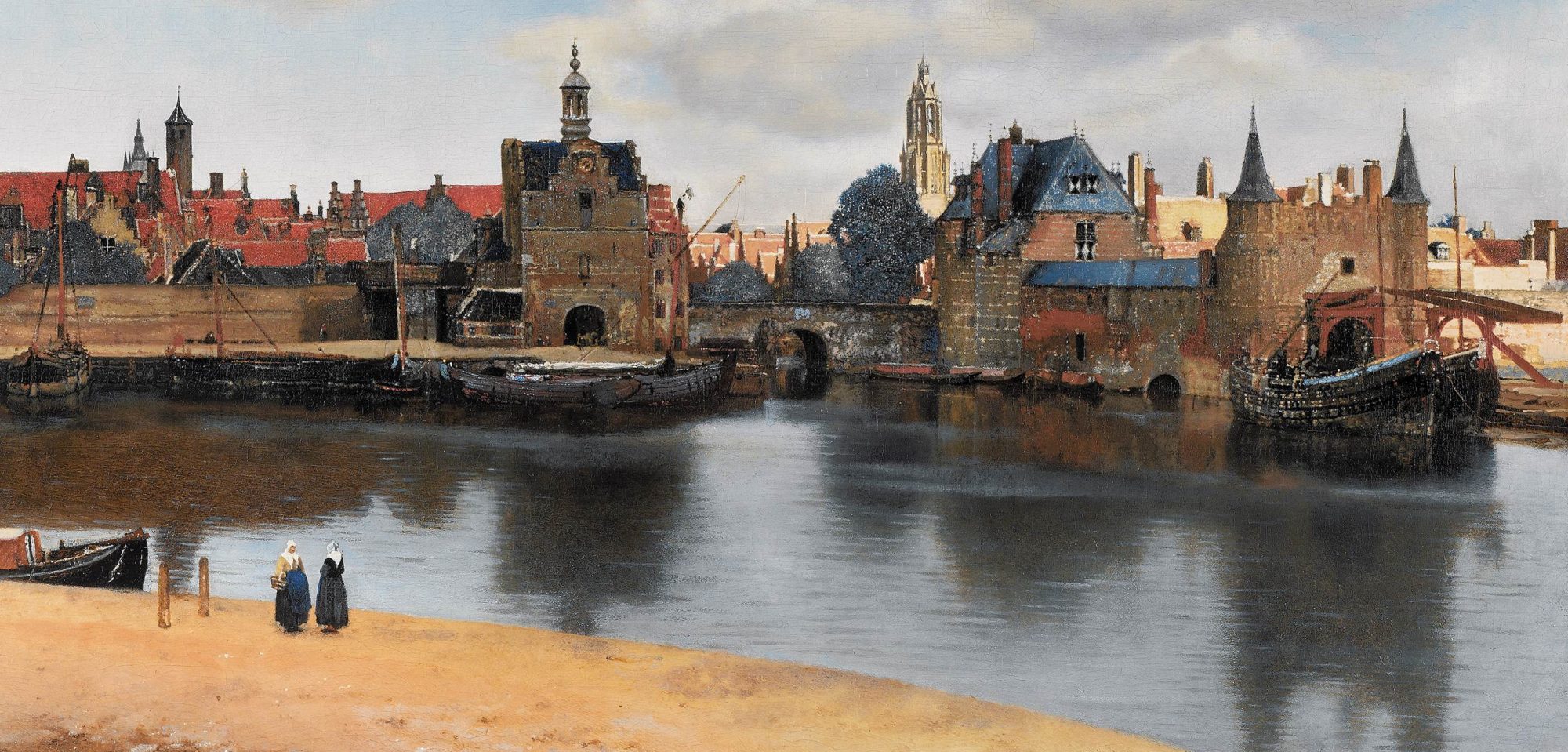Perch Harlem is a style-intensive newly-constructed market-rate rental building at 542 West 153rd Street in Manhattan that uses 90% less gas and energy than a traditional building.
“One of the goals we had was to build this at market rate, so that we could prove it could be done,” says Justin Palmer, founder of Synapse Development Group. “We really look to a design company like Tesla for a lot of inspiration, because everyone was a naysayer. The traditional car manufacturers told them, nobody will ever buy it, you don’t have enough range, it can’t be done. Well, we heard it all, too.”
Developed by Synapse Development Group with Taurus Investment Holdings and designed by Brooklyn-based architect Chris Benedict who builds to passive standards at no extra cost, Perch features triple insulation, windows strategically placed and sized to maximize natural solar heat, and high-tech heat exchangers that recycle air to heat and cool its interior.
“Using using innovative construction methodologies, like Passive House, that have direct, tangible benefits for our investors, tenants, and the environment, [the Synapse Development Group] approach is laser focused: reduce energy consumption in our buildings while still maintaining the amenities of 21st century living. Through relentless innovation, we bring the latest technology and design practices to what we build.”
Far from compromising the “direct bottom line,” placing environmental interests alongside the interests of investors and tenants makes sense observes Justin Palmer, founder of Synapse Development Group, and provides the development industry a better paradigm for evaluating and leveraging risk and profit.
Building passive is necessary for a changing climate, both figuratively and literally, he says, and the energy cost-savings are a win-win scenario for developers and tenants. “We’re trying to provide a solution to the high carbon footprint that most cities have from the built environment, as well as solve the ongoing affordability issue through intelligent design,” Palmer says, and through reliable energy-performance metrics, “provide better risk-adjusted returns to our investment partners.”
See:
“Meet the Developer Who Wants To Be the Tesla of Housing” | Aileen Kwun, FastCoDesign, 12 March 2018
#realestate #realestatedevelopment #luxuryrealestate #builtenvironment #Tesla #passivhaus #passivedesign #architecture #design #innovation #tech #energy #luxury #risk #return #CO2
